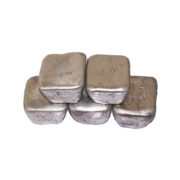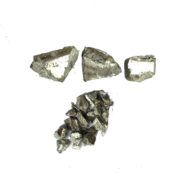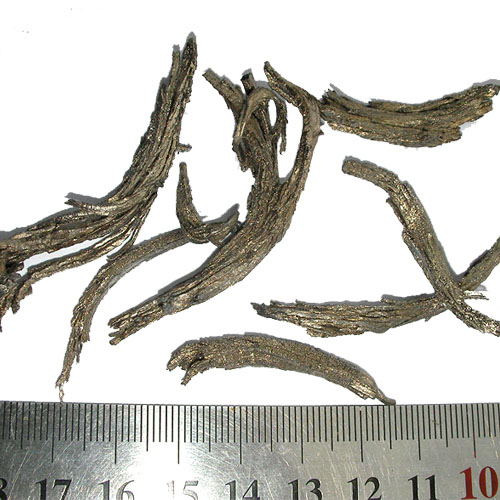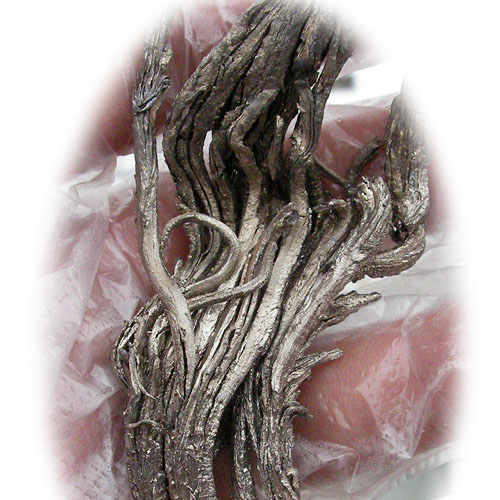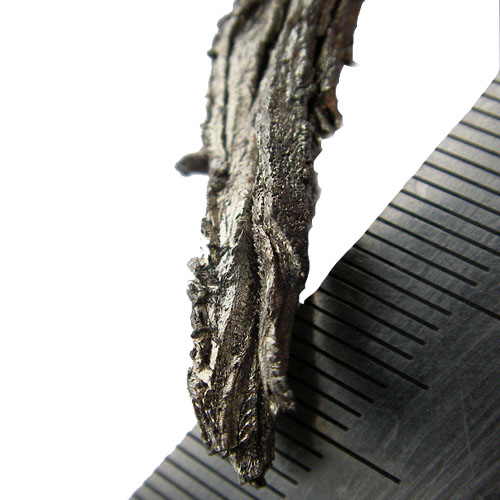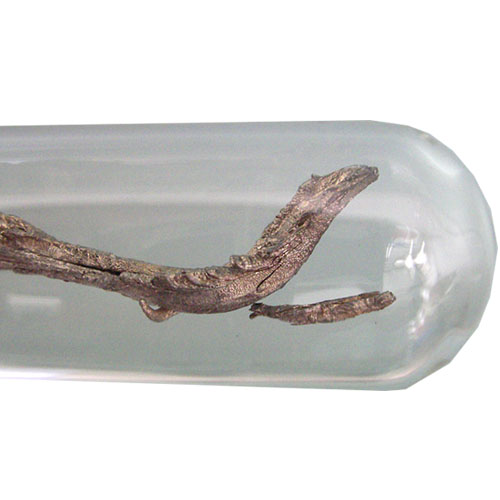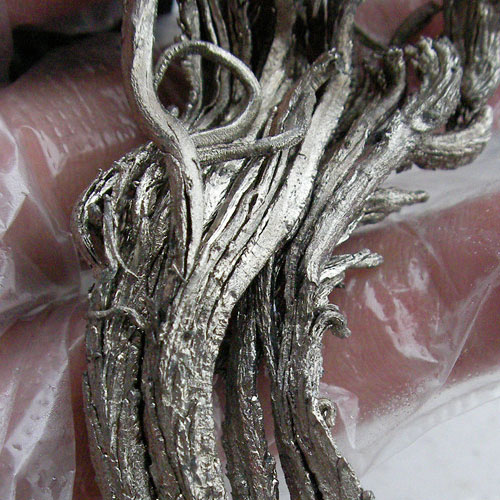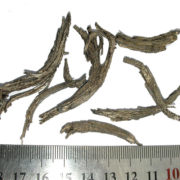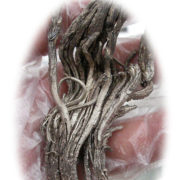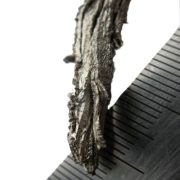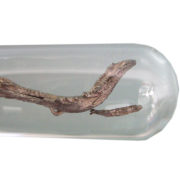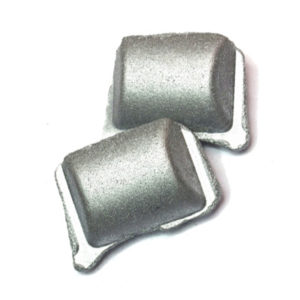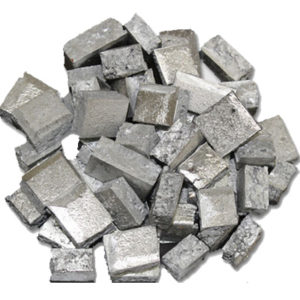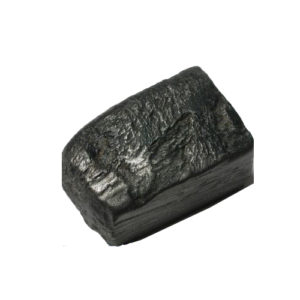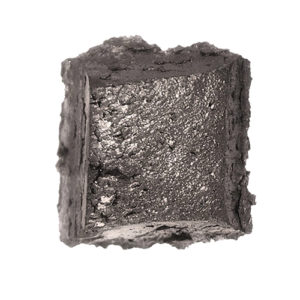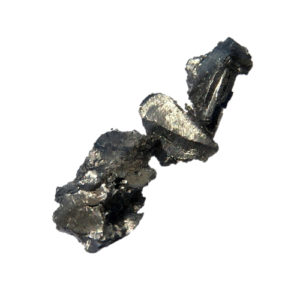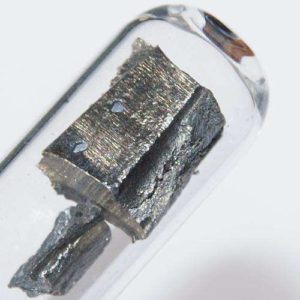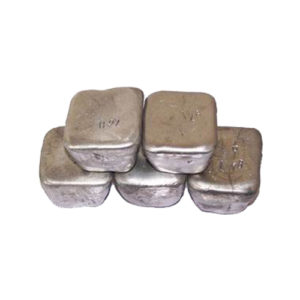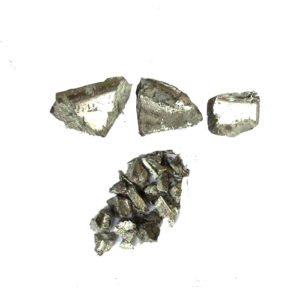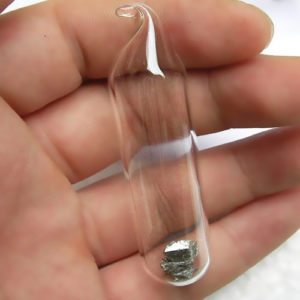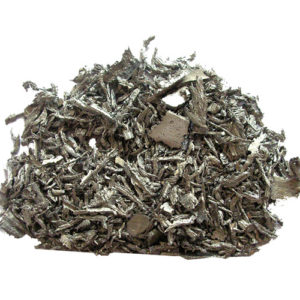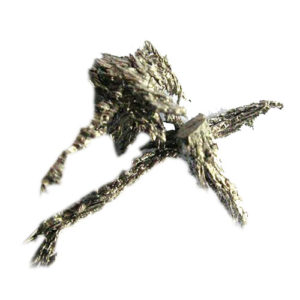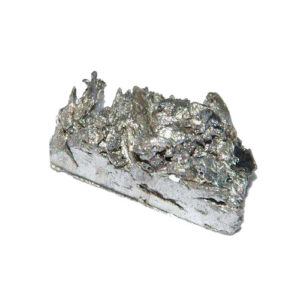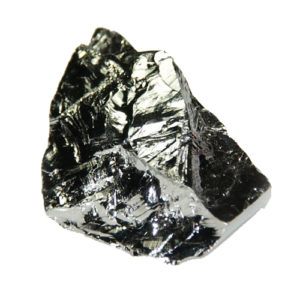Metal Scandium CAS7440-20-2 rare earth Sc
Uses and properties
The element’s name is derived from the Latin name for Scandinavia. The image reflects this with an ancient Scandinavian figurine and carved runic standing stone.
AppearanceA silvery metal that tarnishes in air, burns easily and reacts with water.
Uses
Scandium is mainly used for research purposes. It has, however, great potential because it has almost as low a density as aluminium and a much higher melting point. An aluminium-scandium alloy has been used in Russian MIG fighter planes, high-end bicycle frames and baseball bats.
Scandium iodide is added to mercury vapour lamps to produce a highly efficient light source resembling sunlight. These lamps help television cameras to reproduce colour well when filming indoors or at night-time.
The radioactive isotope scandium-46 is used as a tracer in oil refining to monitor the movement of various fractions. It can also be used in underground pipes to detect leaks.Biological role Scandium has no known biological role. It is a suspected carcinogen.
Natural abundance
Scandium is very widely distributed, and occurs in minute quantities in over 800 mineral species. It is the main component of the very rare and collectable mineral thortveitite, found in Scandinavia.
Scandium can be recovered from thortveitite or extracted as a by-product from uranium mill tailings (sandy waste material). Metallic scandium can be prepared by reducing the fluoride with calcium metal. It can also be prepared by electrolysing molten potassium, lithium and scandium chlorides, using electrodes of tungsten wire and molten zinc.
| Group | 3 | Melting point | 1541°C, 2806°F, 1814 K |
| Period | 4 | Boiling point | 2836°C, 5137°F, 3109 K |
| Block | d | Density (g cm−3) | 2.99 |
| Atomic number | 21 | Relative atomic mass | 44.956 |
| State at 20°C | Solid | Key isotopes | 45Sc |
| Electron configuration | [Ar] 3d14s2 | CAS number | 7440-20-2 |
Scandium, atomic number 21. It is the first of the transition metals, and its discovery is entwined with that of vertical neighbours yttrium and lanthanum. The Swedish island of Resarö, near Stockholm, became a hotbed of elemental discovery in the late eighteenth, and early nineteenth, centuries. A quarry near the village of Ytterby yielded two different mineral ores, from which the seventeen so-called “rare earth” elements were eventually identified, those being scandium, yttrium and the fifteen lanthanide elements.
In 1788, a Lieutenant Arrhenius found an unusual black rock near the town of Ytterby. He passed this on to the famous Finnish scientist Johan Gadolin, and the story of the discovery of the rare earths began.
Scandium is the first of the transition metals. Many of the transition metals exhibit a very rich and varied chemistry, due to the fact that they can exist in a wide variety of oxidation states. Scandium, however, is limited to the plus three oxidation state, meaning its chemistry is not quite as diverse as some of its transition metal counterparts.
Scandium is very much a late starter compared to many of the other elements, due to its relatively low occurrence and the difficulty in obtaining it from its ores. For example, it wasn’t until the 1960s when the first pound, or 450 grams, of high purity scandium was obtained. Compounds of scandium find use in organic chemistry. Like many of the lanthanides, the trifluoromethansulfonate, or triflate, of scandium finds use as a so-called Lewis acid, accepting a pair of electrons from a suitable organic molecule, and activating the organic molecule to take part in highly efficient and selective chemical reactions. Scandium is also the source of artificial natural light. This might sound like a contradiction, but when scandium iodide is added in very small amounts to mercury vapour lamps, it produces light that is very similar to natural sunlight, and these lamps are used for applications ranging from floodlights to film projectors.
Scandium is added in small amounts to aluminium, to produce an alloy which is very light, yet very strong. As such, it has found use as a material for high performance road and mountain bikes. The advent of new frame materials, such as carbon fibre and titanium, has somewhat lessened the popularity of scandium alloy bike frames, but many such frames are still being made today.
So, that’s Scandium – the element first found in the late eighteenth century, and not isolated pure and in large quantities until the middle of the twentieth century. One which helped demonstrate the power of the periodic table, and which you’ll find illuminating football fields, and in the frames of mountain bikes.
